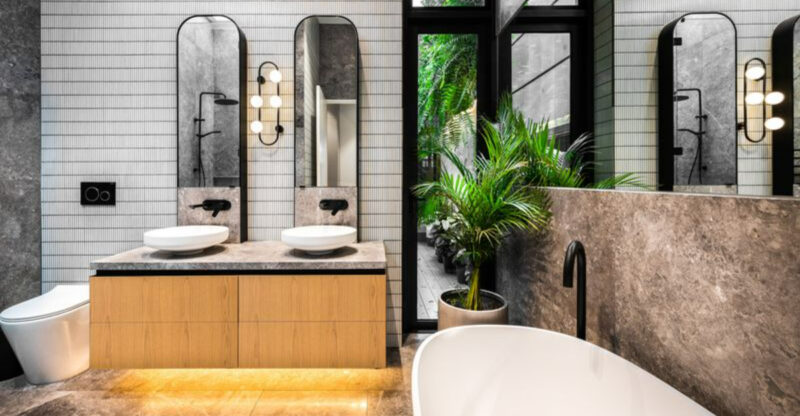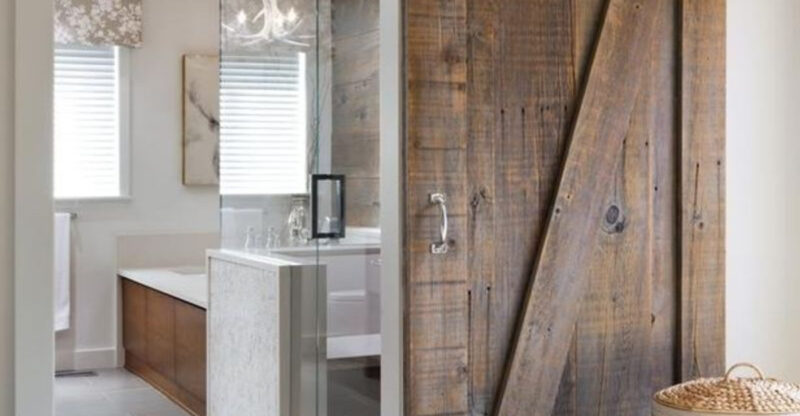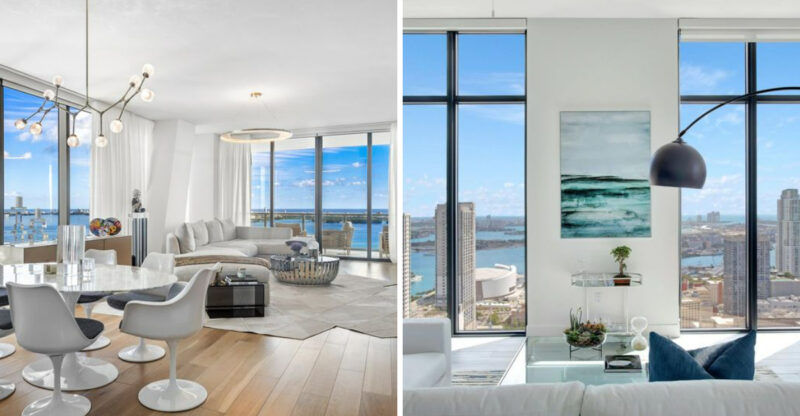14 Architectural Styles Likely To Feel Dated In New Hampshire By 2030
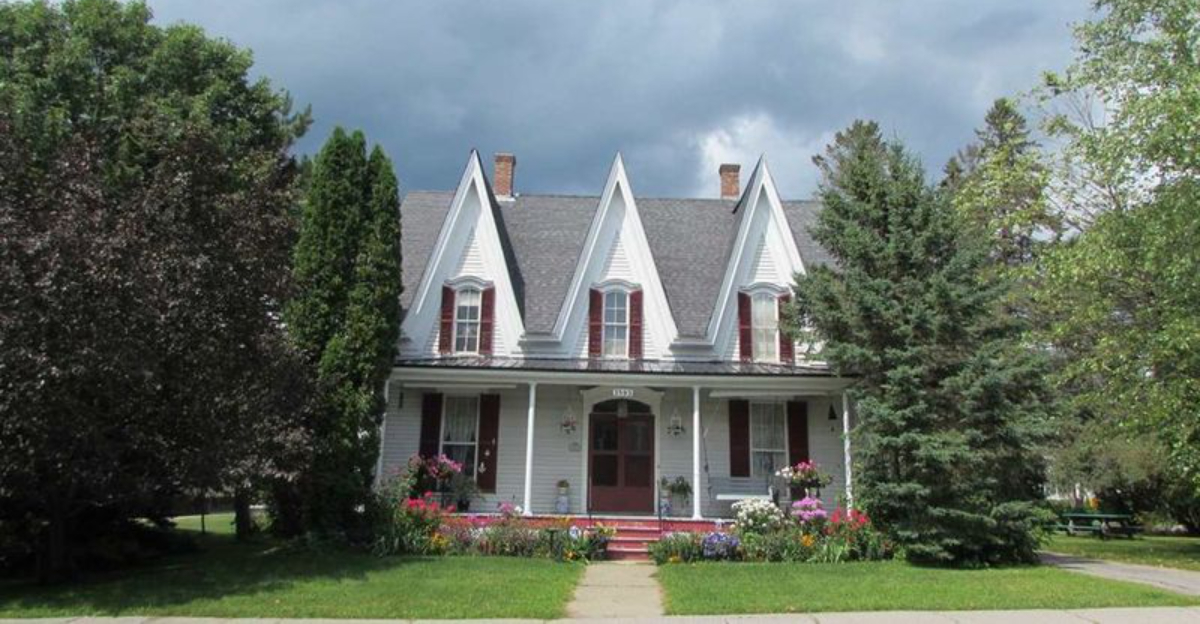
New Hampshire’s architectural landscape is evolving faster than ever. As sustainable practices, technology, and lifestyle needs change, many once-popular home styles are falling out of favor with Granite State residents.
Whether you’re building, buying, or renovating, knowing which designs might soon feel like relics can save you from making an expensive mistake that screams ‘2010s’ in a 2030 world.
1. McMansions: Supersized Suburban Eyesores
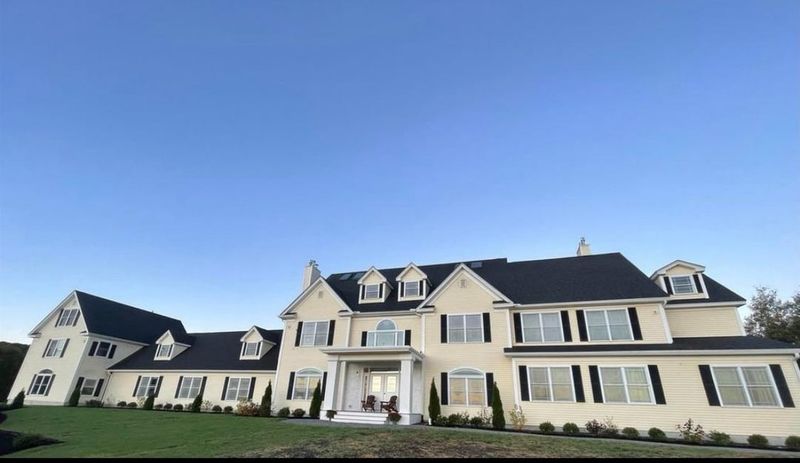
Remember when bigger meant better? Those days are numbered in New Hampshire. These oversized homes with their mismatched architectural elements and cavernous foyers waste energy and space.
Homebuyers now prefer quality over quantity, seeking thoughtful layouts rather than showing off square footage. The maintenance costs alone make these behemoths increasingly impractical as heating prices rise.
Future generations will wonder why anyone needed a two-story entryway or five bathrooms for a family of four!
2. Tudor Revival: Half-Timbered Headaches
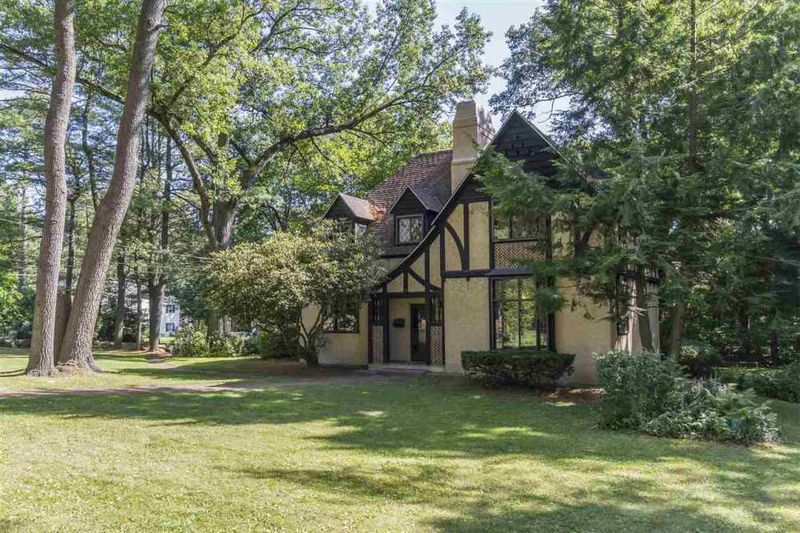
Though they once projected old-world charm, Tudor Revival homes are quickly becoming New Hampshire’s architectural equivalent of wearing a Renaissance costume to a modern party. Their faux half-timbering and steep rooflines feel increasingly theatrical rather than practical.
The dark interiors created by small windows contradict our growing desire for natural light and solar gain. Plus, those decorative timbers? They’re maintenance nightmares in our harsh winters.
By 2030, these medieval-inspired designs will look more theme park than tasteful residence.
3. Colonial Revival: Yesterday’s Patriotism
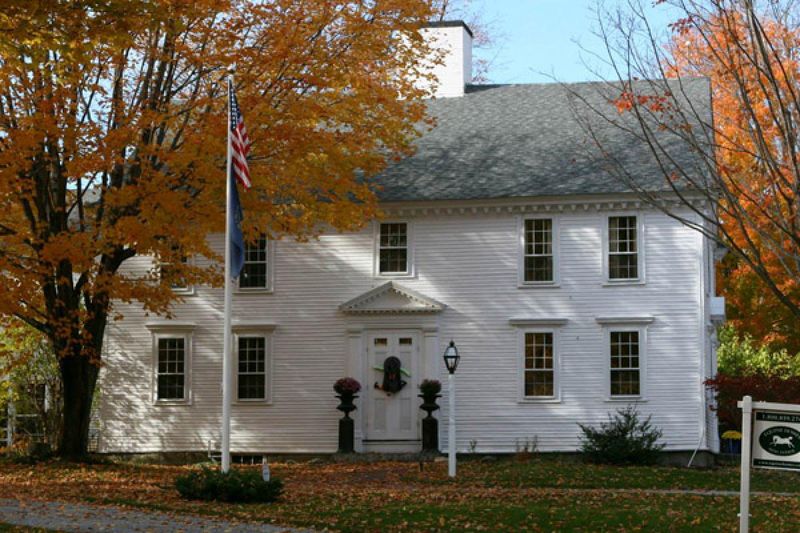
While they’ve enjoyed a lengthy run as New Hampshire favorites, Colonial Revival homes with their rigid symmetry and formal layouts are becoming increasingly impractical. Modern families find the compartmentalized rooms restrictive for contemporary living.
The style’s historical nod to early American architecture feels more like a history lesson than a functional home. Those small, divided windows might look charming but perform terribly for energy efficiency.
As open-concept living continues to dominate, these boxy floor plans will feel increasingly museum-like.
4. Neo-Colonial: Plastic Patriotism
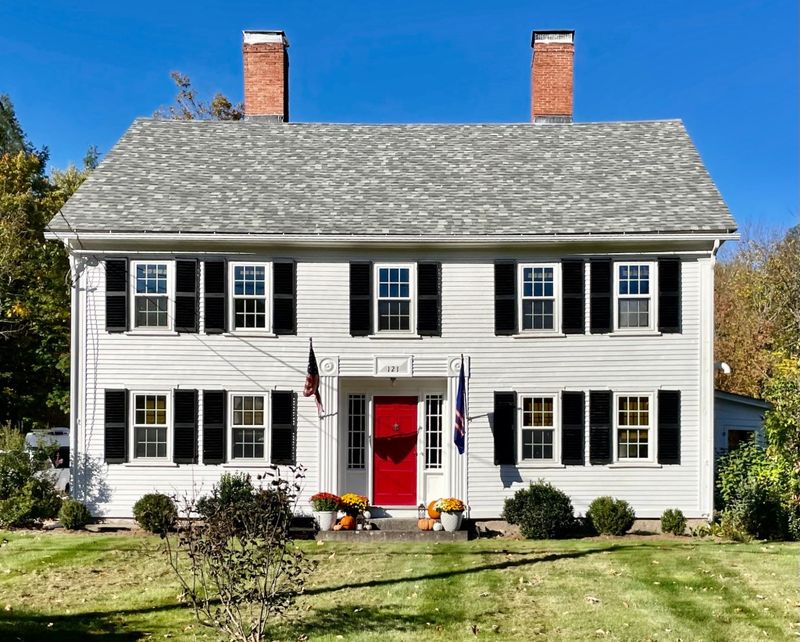
Neo-Colonial homes take everything questionable about Colonial Revival and add vinyl siding. These mass-produced interpretations lack the craftsmanship that made their predecessors somewhat respectable.
The fake shutters (that couldn’t actually close if you tried) and foam pediments are already showing their age across New Hampshire neighborhoods. Their cookie-cutter sameness creates those soulless developments where you might accidentally walk into your neighbor’s identical house.
By 2030, these will be the architectural equivalent of fast fashion, cheaply made imitations that didn’t age well.
5. Mediterranean Revival: Misplaced Vacation Vibes
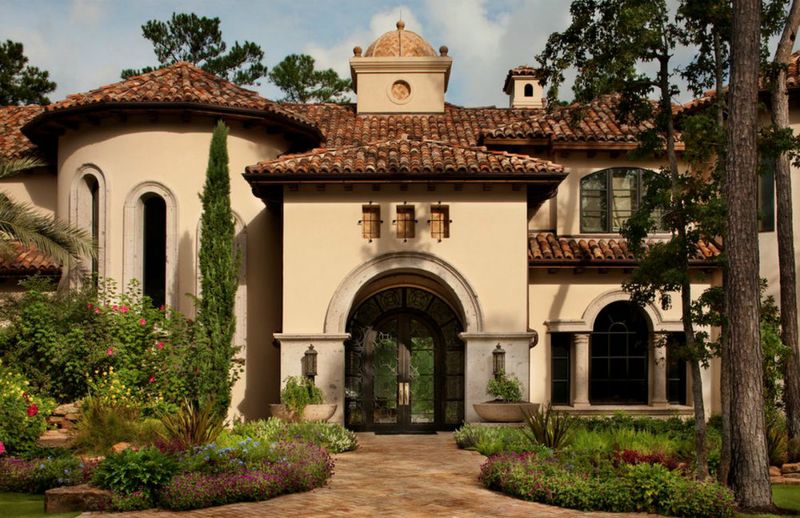
Nothing says ‘I don’t understand regional architecture’ quite like building a Mediterranean villa in New Hampshire! These red-tiled roofs and stucco exteriors might work beautifully in California or Florida, but here they’re just asking for weather damage.
Our freeze-thaw cycles wreak havoc on stucco, while those shallow-pitched roofs aren’t designed for snow loads. The arched windows and ornate wrought iron look increasingly out of place against our maple and pine landscapes.
By 2030, these homes will scream ‘early 2000s identity crisis.’
6. Faux Farmhouse: Barn Doors To Nowhere
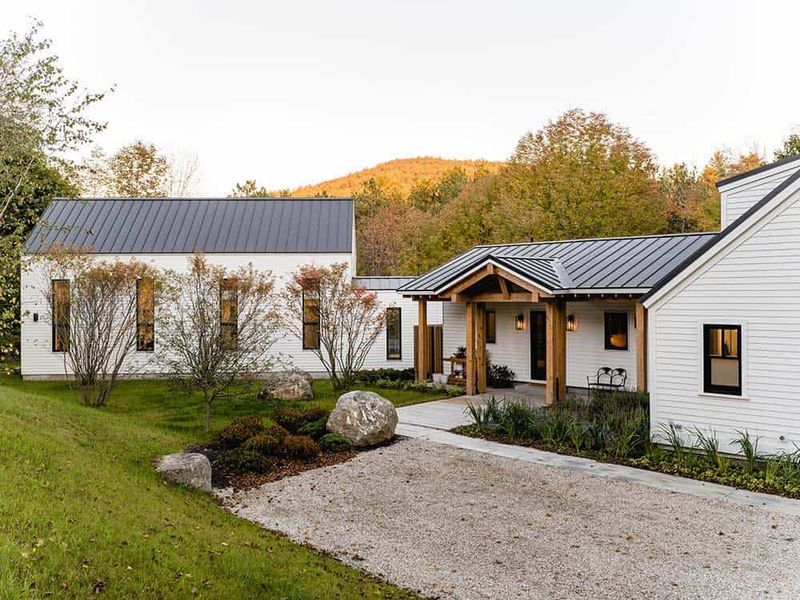
Thanks, Joanna Gaines! The modern farmhouse trend has spawned countless New Hampshire homes with sliding barn doors that never saw a barn and shiplap that never sailed the seas.
These houses often feature impractical open shelving (hello, dust!), decorative X-braces on exterior walls serving no structural purpose, and Edison bulbs that barely illuminate a room. The white-on-white-on-white palette already feels sterile rather than fresh.
What’s meant to feel ‘authentic’ has become the least authentic style around.
7. Mid-Century Modern (Unmodified): Time Capsule Troubles
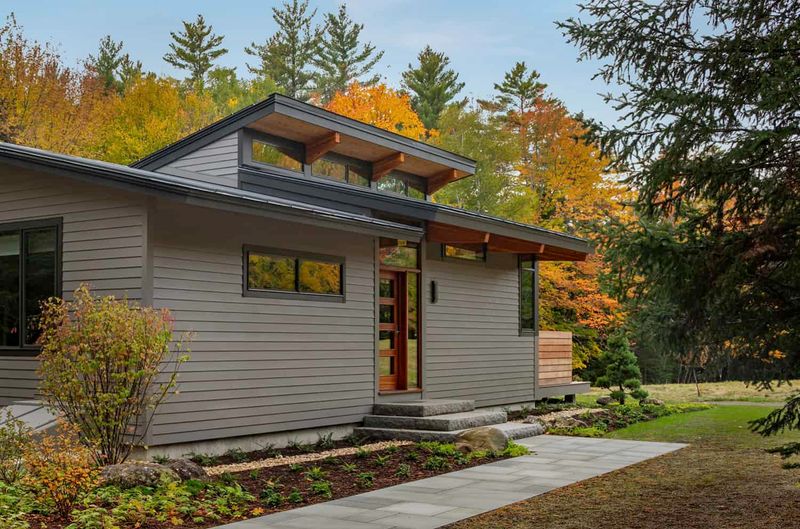
Ever wonder why your mid-century modern home feels more like a time capsule than a cozy retreat?
While the sleek lines and timeless design are undoubtedly charming, unmodified mid-century homes come with some serious drawbacks. Those single-pane, wall-to-wall windows? They’re a window into an energy nightmare during New Hampshire winters.
And that open carport? You’ll be scraping ice at 6 am, wishing for an enclosed garage. As for those tiny kitchens with limited counter space, let’s just say, they’re not cutting it for anyone who loves to cook.
By 2030, these homes might look like architectural museums. Beautiful to admire but impractical to live in.
8. Cape Cod (Too Traditional): Cramped Colonial Cousins

The quintessential New England home is falling out of fashion when built without modern updates. Traditional Cape Cods with their low ceilings, tiny dormered bedrooms, and chopped-up floor plans feel increasingly claustrophobic to today’s buyers.
Those charming small windows? They’re terrible for natural light in our already short winter days. The lack of primary bedroom suites and formal entryways makes daily living feel cramped.
While historically significant, unmodified Capes will feel increasingly like living in your grandmother’s house by 2030.
9. Split-Level Homes: Stairway To Nowhere
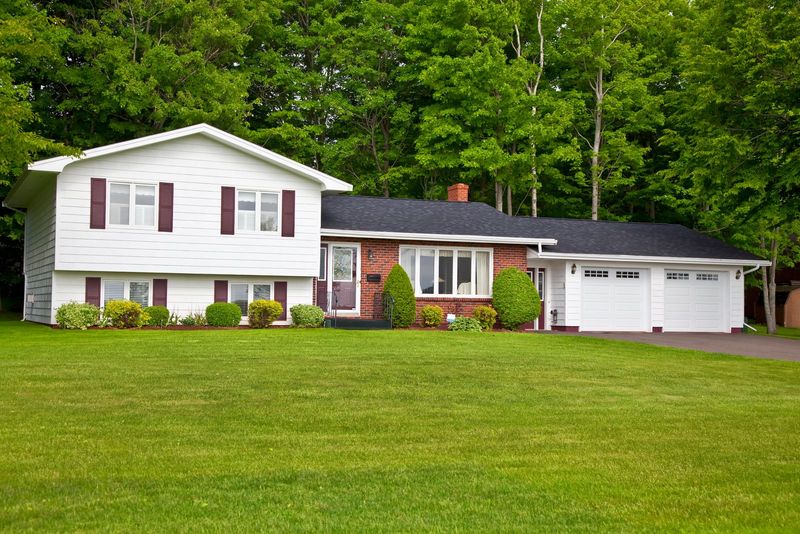
Once the height of 1970s suburban innovation, split-levels now feel like awkward architectural adolescents. Their half-flights of stairs create odd transitions between living spaces that never quite flow together.
The sunken living rooms become accessibility nightmares as homeowners age. That lower level with its tiny windows and low ceilings? Always damp, always dark.
New Hampshire’s split-levels with their front-facing garages and minimal curb appeal will feel increasingly disjointed and impractical by 2030.
10. Victorian (With Excessive Ornamentation): Gingerbread Gone Wild
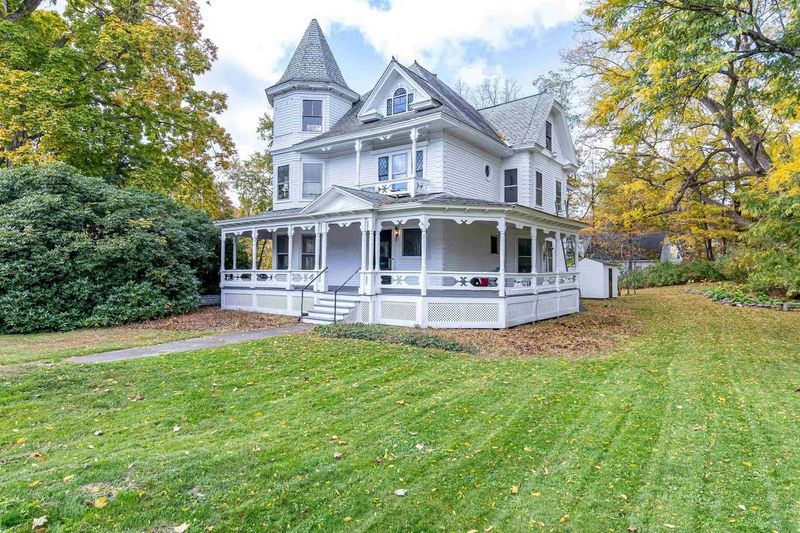
Those ornately decorated Victorians with gingerbread trim on every possible surface require more maintenance than a vintage Ferrari. In New Hampshire’s harsh weather, all that wooden fretwork becomes a perpetual painting project.
The small, compartmentalized rooms fight against modern living patterns. Heating these drafty giants costs a fortune, with their high ceilings and poor insulation.
While historically significant examples will remain treasured, the overly ornate reproductions built in recent decades will feel increasingly like impractical follies by 2030.
11. Gothic Revival: Pointless Points
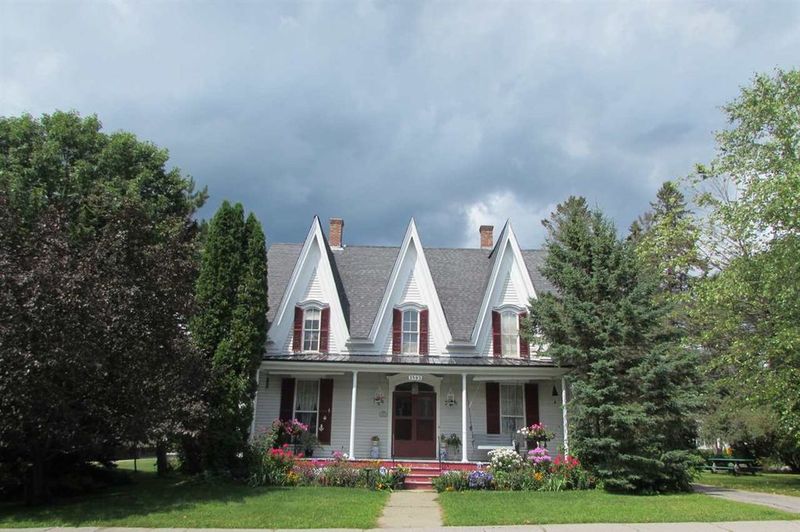
Looking to live in a home that isn’t a snow and ice magnet? Gothic Revival homes with their dramatic pointed arches and ecclesiastical flair are quickly becoming New Hampshire’s architectural white elephants. Their steep roofs collect dangerous snow loads, while intricate details invite ice dams during winter.
Inside, narrow, pointed windows create dark, cramped spaces that don’t quite match our craving for natural light during the long, gray winters. And heating these cavernous rooms? It’ll cost you a fortune, almost as much as a medieval castle!
By 2030, these grand homes will feel more like maintaining a small church than a practical, everyday residence.
12. Minimalist Boxy Homes: Cold Cubes
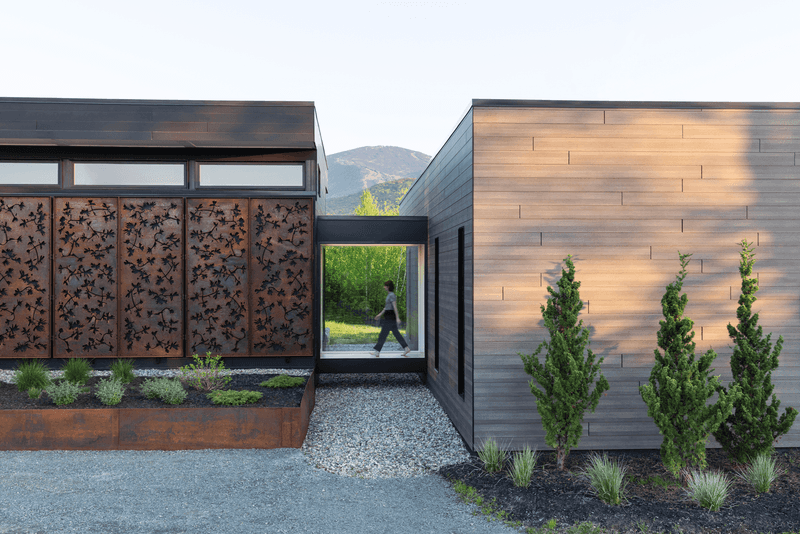
The ultra-modern minimalist boxes seemed revolutionary when they started popping up in New Hampshire’s wooded landscapes. Now they’re already beginning to feel cold and dated.
Their flat roofs struggle with our snow loads, while the floor-to-ceiling glass creates greenhouse effects in summer and heat loss in winter. The stark white interiors show every scuff and handprint, impractical for actual living.
Without the warmth and character that complements our natural surroundings, these homes will feel increasingly like corporate offices by 2030.
13. Ranch (With Outdated Designs): One-Level Wonders No More

The humble ranch house dominated suburbs for decades, but those with outdated designs are rapidly falling from favor. Their long, low profiles with tiny windows and minimal architectural interest appear increasingly bland.
The compartmentalized floor plans with separate living, dining, and kitchen areas feel disconnected for modern family life. Those sunken living rooms and conversation pits? Accessibility nightmares.
While open-concept ranches remain practical, their dated cousins with wood paneling and cramped layouts will feel increasingly obsolete by 2030.
14. Bungalow: Craftsman Without The Craft
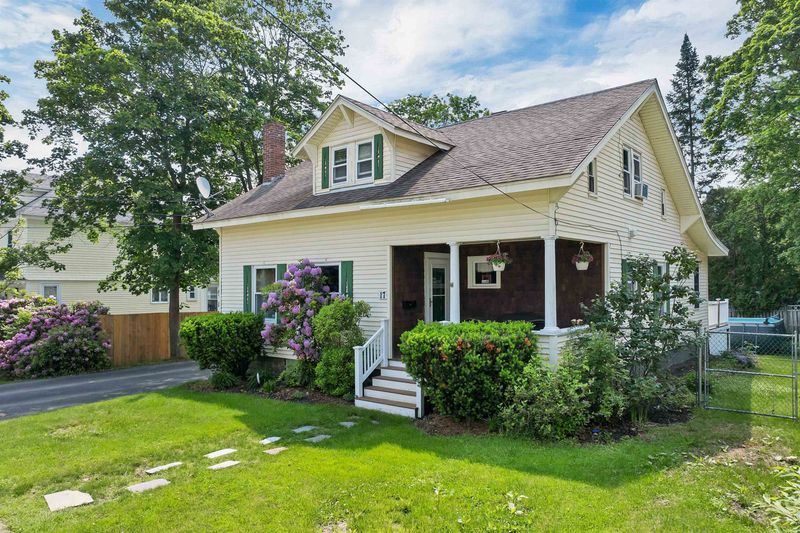
Not all bungalows are created equal. The bland, boxy versions lacking true Craftsman details are aging poorly across New Hampshire neighborhoods.
These simplified interpretations often feature vinyl siding instead of natural materials, basic picture windows rather than divided lights, and minimal porch space. Their low-pitched roofs struggle with snow loads, while the simplified floor plans lack the built-ins and woodwork that make genuine Craftsmans special.
By 2030, these watered-down interpretations will feel like architectural fast food, cheap imitations of something better.

